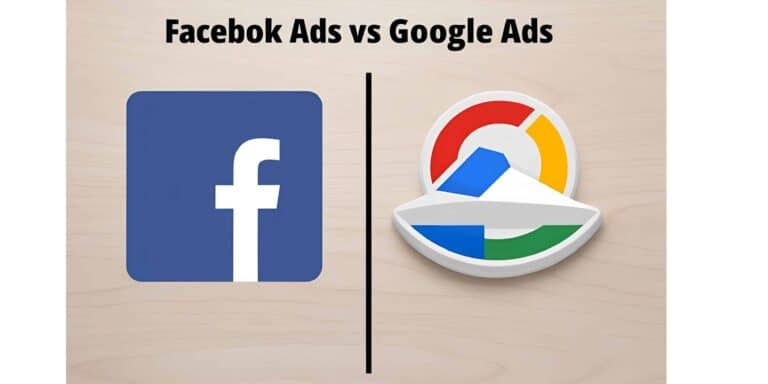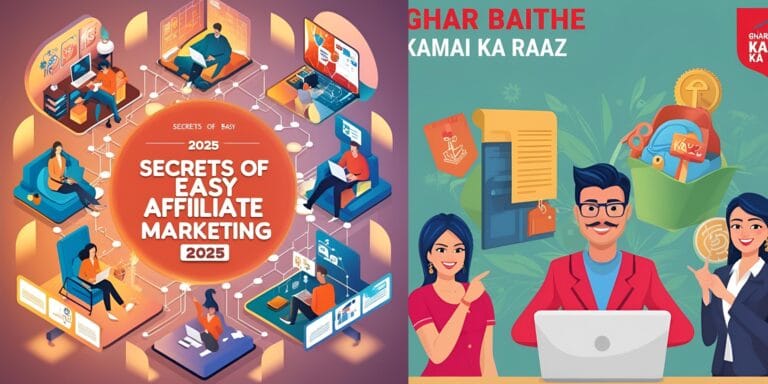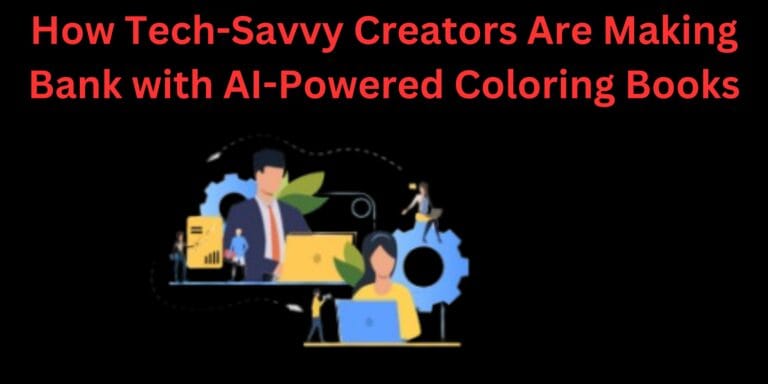Secret Strategy: Can Make Your Content Go Viral!
Have you ever wondered why some content becomes viral in an instant? A video, a post, or a meme – something that touches people’s hearts and they start sharing it with their friends, family, everyone. Today we are going to tell you such a strategy that can make your content viral too! This article is completely in Hinglish, in simple language, so that you understand everything easily. So let’s start and see how you can take your content to the next level!

1. Know Your Audience by Heart
“Understand Your Audience, Make Your Content a Hit!”
Content goes viral only when it touches people’s hearts. But this is possible only when you know your audience well. Who is your target audience? What’s their age? What do they like? What challenges do they face in life? If you find answers to these questions, you can create content that’s perfect for them.
A Simple Example: Suppose your audience is college students. They deal with study stress, love hanging out with friends, and worry about pocket money. So, create content for them like “5 Easy Hacks to Ace Exams Without Stress” or “How to Have Fun with Friends on a Budget.” These topics will be relatable, and they’ll share it with others.
Real-Life Case Study: Ashish Chanchlani, a famous Indian YouTuber, did exactly this. He understood his audience—mostly young people—and made videos about funny moments from school and college life. Result? His video “Marks Dikhane Ka Tension” (The Tension of Showing Marks) got over 20 million views! Because it was relatable, people tagged their friends and shared it.
Tips: To understand your audience, read their comments, observe their conversations on social media, or do a bit of research. When you become a part of their lives, they’ll make your content their own.
Read more:
2. Press the Emotions Button
“Touch the Heart, Go Viral!”
Content that awakens people’s emotions spreads like a rocket. Happiness, sadness, surprise, or anger—if you trigger any of these, people won’t be able to resist and will share it.
A Small Example: Watch a video of a cute puppy playing with its tiny paws. It brings happiness, and people share it in their WhatsApp groups. Or a sad story, like a poor child topping an exam through hard work—it touches the heart, and people forward it.
Case Study – The Ice Bucket Challenge: This started in 2014 to raise awareness for ALS disease. People poured ice-cold water on themselves, made videos, and challenged friends. With surprise and fun tied to a noble cause, it took off. Result? Over 17 million videos were uploaded, and $115 million was collected! Emotions made it viral.
Indian Example: Have you seen P&G Shiksha’s ad? A little girl goes to school, and her mother fulfills her dreams. It was emotional, and people shared it because every parent thinks this way about their child.
How to Do It? Add a bit of feeling to your content—a funny twist, an emotional moment, or a surprising fact. When people feel something, they’ll share it.
3. Adopt the Art of Storytelling
“There’s Power in Stories, It’s the Formula for Going Viral!”
We all love hearing stories, whether we’re kids or adults. If you present your content like a story, people see themselves in it and remember it.
An Example: Suppose you’re writing a fitness blog. Instead of just “5 Exercises for Weight Loss,” tell a story: “Rahul was a lazy guy, but one day he joined a gym for his girlfriend and lost 20 kg in 6 months. Here are his secrets!” This is interesting, and people will read it.
Case Study – Google Reunion: This was an ad about two friends, one from India and one from Pakistan, separated after the partition. One friend uses Google with his grandchild to find the other. This emotional story was shared so much that it went viral.
Indian Context: The “Humans of Bombay” page shares a short story in every post—sometimes about a tea seller, sometimes a struggler. These stories connect with people and get shared.
Trick: Give your content a beginning, middle, and end. Add a character, show a problem, and provide a solution. It’ll become a story and go viral!
4. Add Sparkle with Visuals
“If It Looks Beautiful, It’s Ready to Go Viral!”
Nowadays, people prefer pictures, videos, or graphics over boring text. If your content looks good to the eyes, people will notice it and share it.
Example: Look at food bloggers on Instagram—a perfect pizza photo or a creamy dessert video. People save it, share it, because it’s tempting. Or travel vlogs—a beautiful beach scene makes people say “Wow!”
Case Study – Tasty Videos: This page makes short recipe videos that are so attractive people watch them repeatedly. In India, pages like “Street Food India” do the same—a golgappa or pav bhaji video makes your mouth water!
How to Do It? Add colorful images to your blog, create infographics, or include short video clips. Even a simple phone can make great visuals—just a bit of creativity is needed.
5. The Game of Timing and Trends
“Strike at the Right Time, Hit the Viral Chord!”
If your content comes at the right time with the right trend, it flies like a rocket. People connect with current topics and share them.
Example: When the “Chaiwala” photo went viral, brands quickly made memes—“Chaiwala vs. Coffee” or “Chaiwala ka Swag.” It rode the trend, and people shared it while having fun.
Case Study – Oreo Dunk in the Dark: During the Super Bowl when the lights went out, Oreo tweeted, “Power out? No problem. You can still dunk in the dark.” It was so timely that people retweeted it, and it went viral.
Indian Twist: During IPL, if you write “5 Reasons Why Dhoni is the Best Captain,” cricket fans will definitely share it because it’s a trending topic.
Tip: Check what’s trending on social media—festivals, movies, or events—and create content around them. If the timing is right, the content will be a hit!
6. The Magic of Sharing
“You Have to Tell People—Share This!”
Even if your content is great, it won’t go viral if people don’t share it. So give them a little push to spread your content further.
Example: At the end of an article, write—“If you liked these tips, share them with your friends and tell them the secret to going viral too!” Or hold a contest—“Share this post and win an iPhone!”
Case Study – Dropbox: They said, “Invite your friend, and both get extra storage.” It was so simple and tempting that people shared it automatically, and Dropbox’s user base grew.
How to Do It? Add share buttons…
FAQs – Answers to Your Questions
- Can everyone’s content go viral?
Yes, if you follow the above strategies, your chances are high. But a bit of luck is needed too. It’s not guaranteed every time, but keep trying! - How long does it take for content to go viral?
There’s no fixed time. Sometimes it happens in a day, sometimes it takes weeks. Keep the quality high and stay consistent, and results will come. - Do paid ads make content viral?
Paid ads can increase reach, but for content to go viral, it needs to have substance. It’s not just about money; it has to go from heart to heart. - Does negative content go viral more?
Yes, sometimes controversies or drama get shared more. But it’s risky—it can harm your reputation. Positive content is safer and better. - Do hashtags make content viral?
Hashtags increase visibility, but don’t rely on them alone. Content is king—make it great, and hashtags will be a bonus.
Conclusion – Now It’s Your Turn!
So friends, these are the strategies that can make your content go viral. Know your audience, spark emotions, tell a story, add visuals, leverage timing, and keep encouraging people to share. The most important thing—put life into your content, never compromise on quality. If you do all this with heart, one day your content will shine across the world.
Liked this article? Then share it with your friends right now and tell them this secret too. Come on, get to work and make your dream of going viral come true! All the best!
Visit here: Earningzones.com for more information
Notes:
- The translation preserves the conversational, motivational, and engaging tone of the original, aimed at content creators aspiring to make viral content.
- Idiomatic phrases like “Dil Ko Chhoo Lo” (Touch the Heart) and “Kahani Mein Dum Hai” (There’s Power in Stories) are translated naturally to maintain their impact in English.
- The structure, including headings, examples, case studies, FAQs, and the call-to-action, is retained to match the original format.
- The incomplete sentence under “Share Karne Ka Jadoo” (“Share buttons da…”) is translated as is, reflecting the original text’s cutoff. If you have the continuation, I can include it.
- The reference to “Earningzones.com” aligns with your prior conversations (e.g., April 14, 2025, about YouTube channel growth for earningzones.com), suggesting this content may be part of your online earning or content creation strategy.
- Transition words like “Iske alawa” (Besides this) and “Ek aur baat yeh hai” (Another thing is) are translated contextually.
Artifact:
As requested, I’m including an artifact to wrap the translated content, formatted as per your instructions, with a unique UUID for this new content and appropriate metadata.







